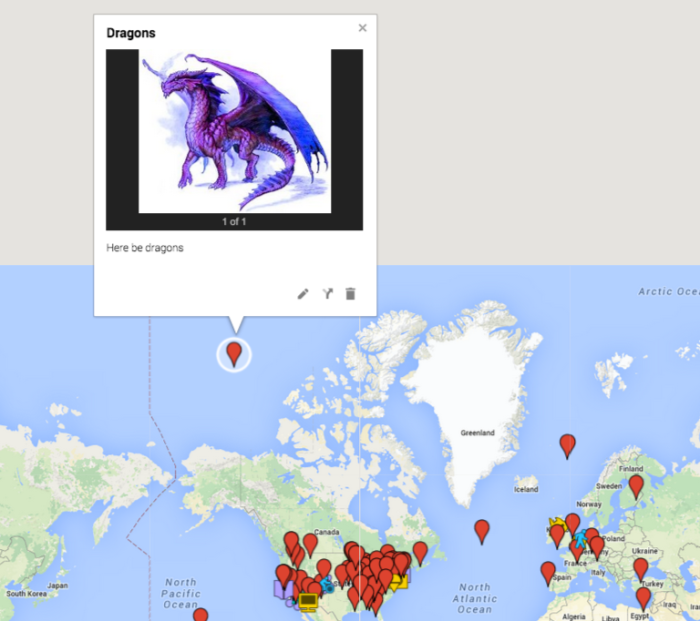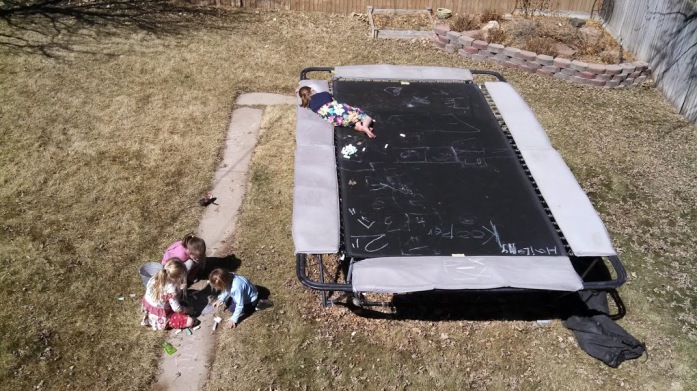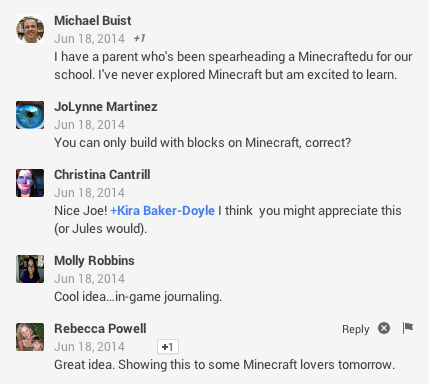What follows is the text of a comment I left on Susan Watson’s blog post “Can’t Talk Now Boss Fight or Go Rogue – My Week’s Twitter Games.” I found her post important because she shared a game design failure (or, more appropriately, a first iteration) and a success, albeit a silly, inside joke kind of success. I’m posting my comment to highlight the importance of commenting for me in this type of open online learning. For me, it fuels my thinking, deepens my connections with other participants and, because I try to evoke an appreciative tone, rewards me the way random acts of kindness can. Here’s hoping you’ll read Susan’s post, offer suggestions for improving Twitter choose your own adventure, and weigh in on why Twitter Marco Polo is so undeniably fun.
Susan,
Thanks for this post. I appreciate how you included the attempt at choose your own adventure. This focus on game design in #clmooc turned out to be an opportune space to think through how else Twitter might engage learners beyond the mainstream uses. I personally hope you keep trying with the choose your own adventure, since these make cycles are supposed to extend as long as you want them, and because I think you’ve got a group that will play test willingly.
The Marco Polo game was fun and trying to figure out why it was is also part of the fun. (See, complex!)
My first thought is that by taking a game children play with their eyes closed in pool and situating it on Twitter, the game really became an inside joke. The longer we played along, the more we were in on the joke pretending that the game worked on social media as well as it might have in the pools of our collective youth.
I found myself laughing at the contrast between tweets that just said “Marco” and some of the more deliberate and “formal” Tweets we encounter all the time. I often see thoughtful folks Tweet things like “for the next hour I’ll be tweeting about #edcamp”. The opposite of that sort of politeness and consideration of audience is the ridiculous (and maybe obnoxious) digital footprint of marcos, polos, and POOOLLLLOOOOS.
For me it was fun to momentarily take the discursive channels of Twitter and use them for playful mischief. There were no rules to our game of Marco Polo and when we play Marco Polo on Twitter, we test the rules there, too.
photo: Los viahes de Marco Polo by Pilar Rubio Remiro on Flickr. CC By 2.0






















 Much older now, I watch my own daughters play on the same trampoline. Of course the springs, pads, and the
Much older now, I watch my own daughters play on the same trampoline. Of course the springs, pads, and the